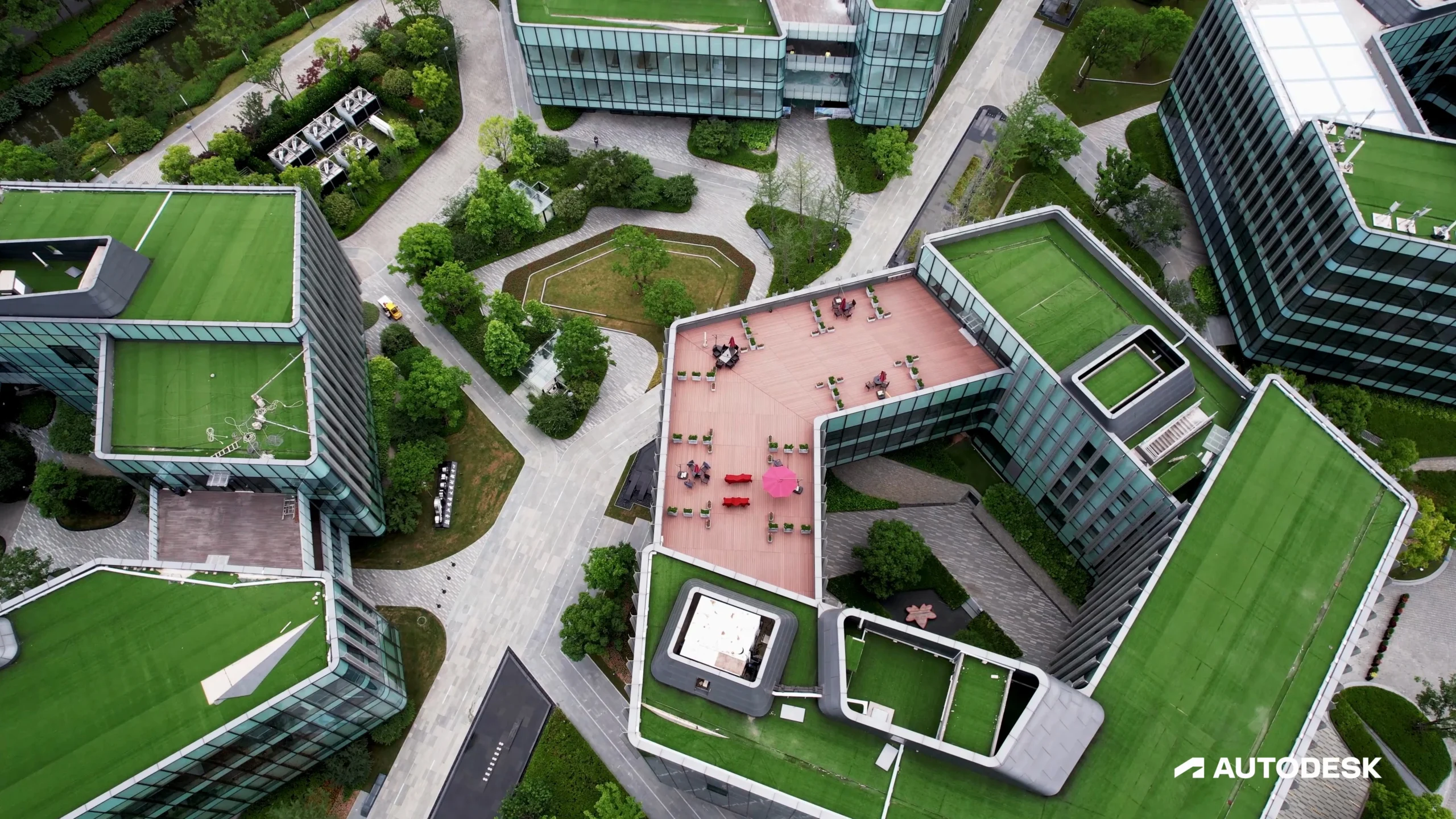Autodesk: Pioneering the Future of Design and Innovation
Autodesk, Inc. is a name synonymous with cutting-edge design and innovative technology. Founded in 1982 by John Walker and a group of programmers, Autodesk has grown into a global leader in software for architecture, engineering, construction, manufacturing, media, and entertainment industries. With its flagship product, AutoCAD, leading the way, Autodesk has continually evolved to meet the ever-changing demands of the digital age. This article explores Autodesk‘s journey, its impact on various industries, and its vision for the future.
The Birth of Autodesk
Autodesk’s journey began with AutoCAD, a revolutionary computer-aided design (CAD) software that transformed the way designers and engineers approached their work. Before AutoCAD, design was a labor-intensive process requiring manual drafting. AutoCAD introduced the ability to create precise 2D and 3D drawings on personal computers, dramatically increasing efficiency and accuracy. This innovation quickly made AutoCAD the industry standard, setting the stage for Autodesk’s future growth.
Expansion and Diversification
As the success of AutoCAD grew, Autodesk recognized the need to diversify its product offerings. The company expanded into new markets and developed specialized software tailored to various industries. In architecture, engineering, and construction (AEC), Autodesk introduced Revit, a building information modeling (BIM) software that revolutionized how buildings are designed, constructed, and managed. Revit’s ability to create detailed 3D models and facilitate collaboration among stakeholders has made it indispensable in modern construction projects.
In the manufacturing sector, Autodesk’s Fusion 360 has become a game-changer. This integrated CAD, computer-aided manufacturing (CAM), and computer-aided engineering (CAE) software allows engineers and designers to collaborate seamlessly, from concept to production. Fusion 360’s cloud-based platform enables real-time collaboration, making it ideal for teams working across different locations.
Media and Entertainment
Autodesk’s influence extends beyond engineering and construction. The company’s software has become a cornerstone in the media and entertainment industry. Products like Maya and 3ds Max are widely used in film, television, and video game production. These powerful tools allow artists to create stunning visual effects, animations, and 3D models, bringing imagination to life on screen. From blockbuster movies to indie games, Autodesk’s software plays a crucial role in shaping the entertainment we enjoy today.
Commitment to Innovation
Autodesk’s commitment to innovation is evident in its continuous development of new technologies and features. The company invests heavily in research and development, exploring emerging trends such as artificial intelligence (AI), machine learning, and generative design. These technologies are integrated into Autodesk’s software, providing users with powerful tools to tackle complex design challenges.
Generative design, for instance, leverages AI to explore a vast number of design alternatives based on specified constraints. This approach has been particularly transformative in manufacturing, where it enables the creation of optimized, lightweight structures that were previously unattainable. By pushing the boundaries of what is possible, Autodesk empowers designers and engineers to create more efficient, sustainable, and innovative solutions.
Sustainability and Social Responsibility
Autodesk is also committed to sustainability and social responsibility. The company recognizes the impact of design on the environment and strives to develop tools that promote sustainable practices. Autodesk’s software helps architects and engineers design energy-efficient buildings, reduce waste in manufacturing, and minimize the environmental footprint of their projects.
In addition to its environmental efforts, Autodesk actively supports social initiatives. The Autodesk Foundation, established in 2014, focuses on empowering non-profit organizations and social enterprises that address pressing global challenges. By providing software, funding, and expertise, Autodesk aims to drive positive social and environmental change.
The Future of Autodesk
As technology continues to evolve, Autodesk remains at the forefront of innovation. The company’s vision for the future includes expanding its cloud-based solutions, enhancing collaboration tools, and integrating advanced technologies like AI and the Internet of Things (IoT). By staying ahead of industry trends and anticipating the needs of its users, Autodesk is well-positioned to shape the future of design and engineering.
In conclusion, Autodesk’s journey from a small software company to a global leader in design and innovation is a testament to its unwavering commitment to excellence. With a diverse portfolio of products, a focus on sustainability, and a dedication to pushing the boundaries of technology, Autodesk continues to empower professionals across industries to create a better, more sustainable world. As we look to the future, there’s no doubt that Autodesk will remain a driving force in the ever-evolving landscape of design and innovation.
